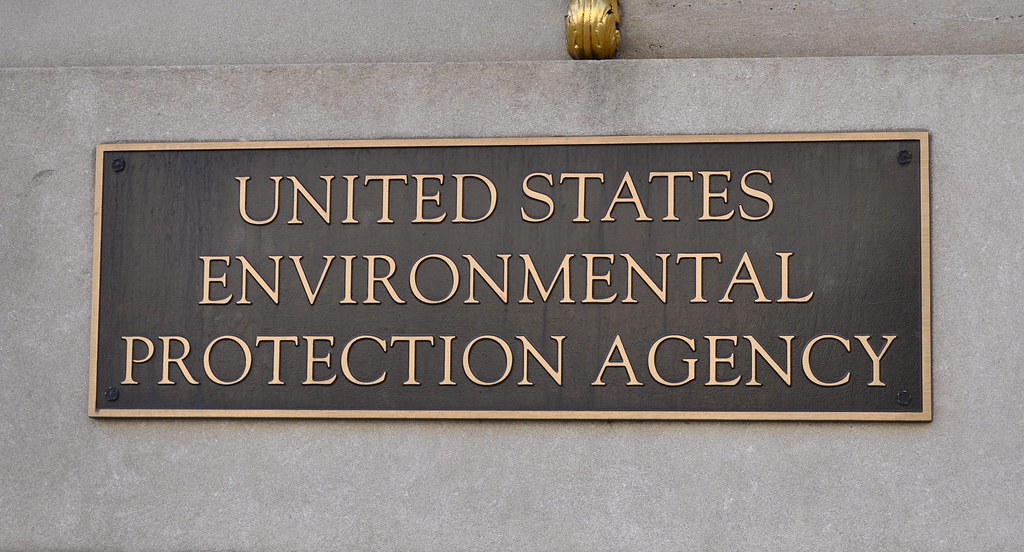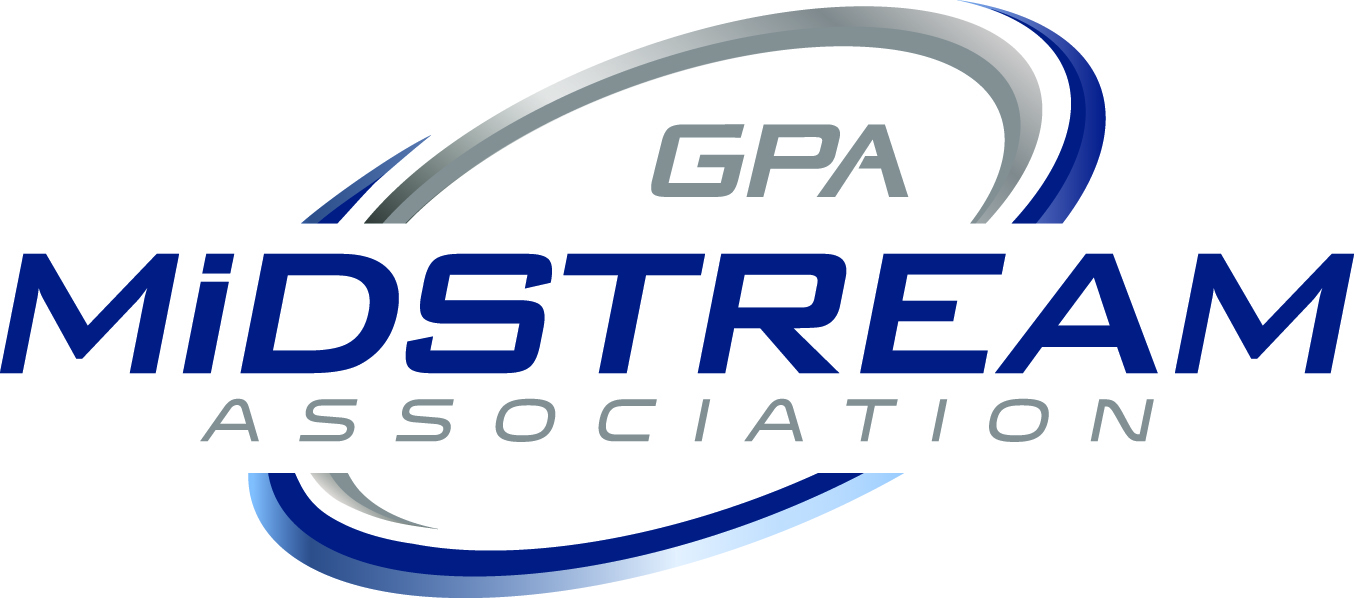
As the U.S. Environmental Protection Agency begins its review of new and existing programs that could be affected by the Inflation Reduction Act passed by Congress last year, GPA Midstream Association submitted comments for the agency to consider in future rulemaking.
The IRA's Methane Emissions Reduction Program imposes a waste-emission charge on methane from certain oil and gas facilities, which could bring about new rules from the agency.
In comments GPA Midstream submitted in January, we explain the need for a clear distinction between waste methane emissions and those that come from beneficial processes such as using natural gas to run compressor or generator engines. The latter should not be subject to fees.
Not only does the EPA need to make the distinction in future rules but the bill itself explicitly made the distinction by providing $1.55 billion to improve and deploy industrial equipment with reduced methane emissions and waste emissions.
A recent proposed rule from the Bureau of Land Management made a similar distinction, establishing that gas used for stationary combustion drive important infrastructure. Emissions from those operations are not waste emissions under BLM's proposed regulation.
Another important recommendation from GPA is the best way to define facility.
One section of the legislation defines a facility as a piece of equipment or group of equipment at places such as at a gas plant. In another, the same word is used to describe an entire basin's worth of gathering and boosting equipment, sometimes across multiple counties or even states.
To increase clarity by making emissions reporting data focus on throughput of natural gas, GPA Midstream recommended that EPA take an apples-to-apples comparison approach and define facility or facilities as a single site instead of specific pieces of equipment within the site or aggregations of hundreds of sites across a region.
The straightforward interpretation will lead to less confusion in reporting and provide the most accurate data possible.


